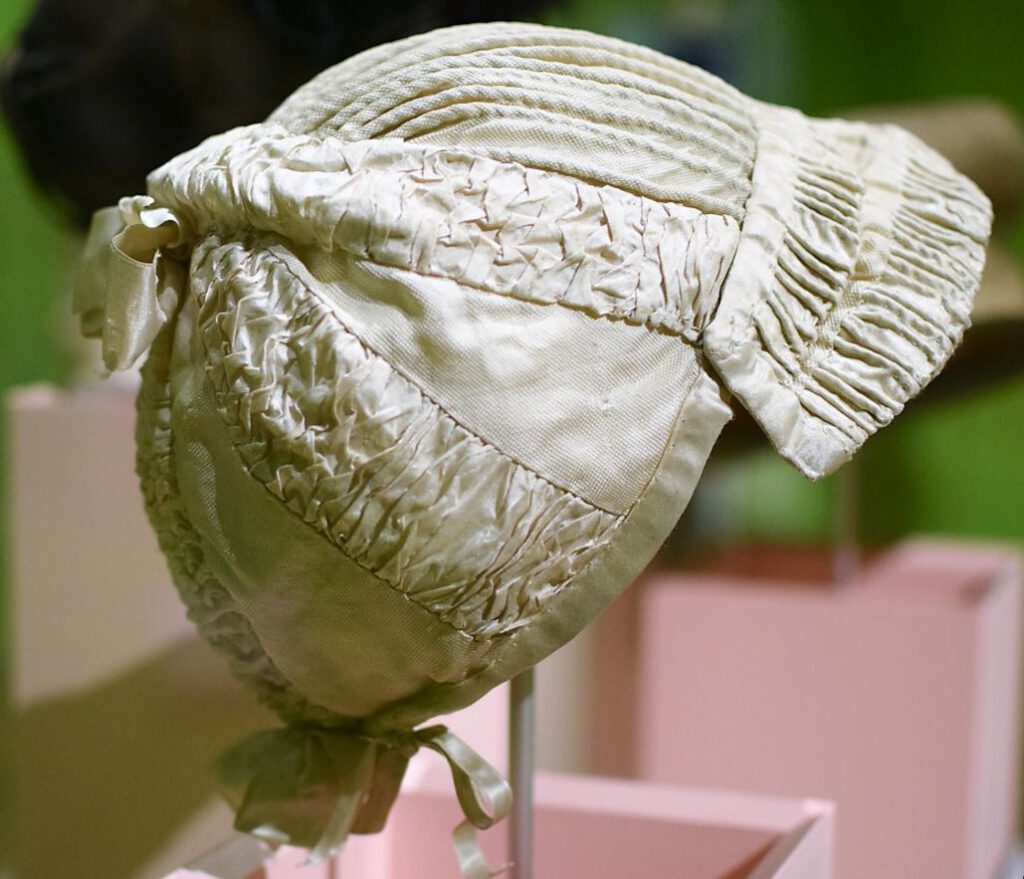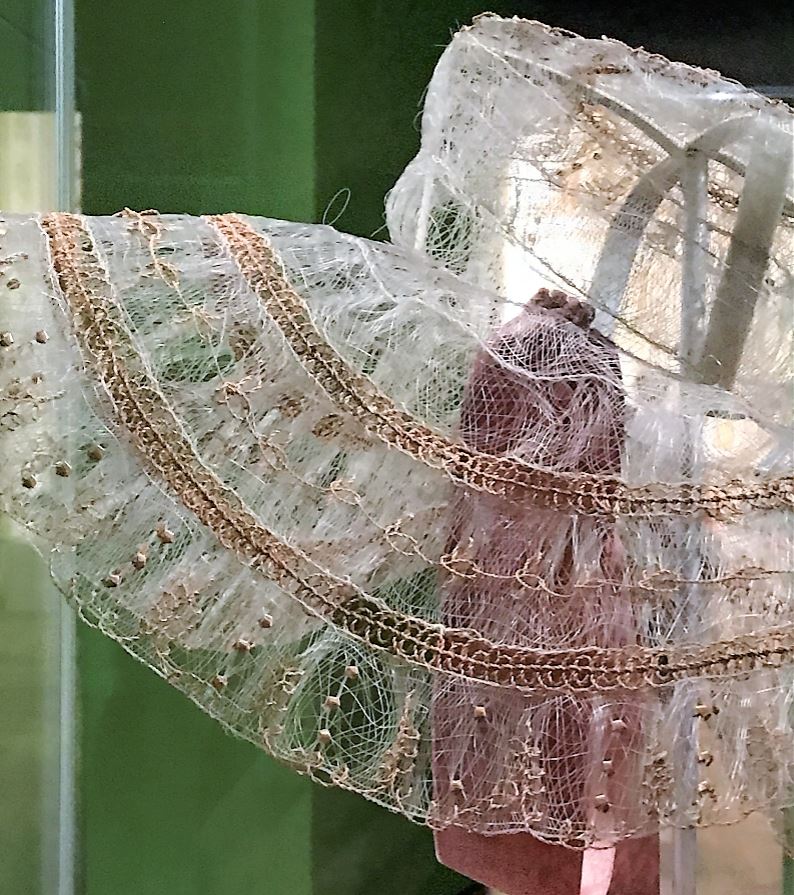
When 18th century-people wore clothes that were called “undress”, it did not mean anything … incident. “Undress” was the word for informal fashion, something worn at home. However, “undress” in the time of Jane Austen was much more formal than today’s informal fashion is. The famous “banyan” – a morning gown for men – cannot be compared to a convenient jogging suit or a bathrobe. The banyan was an exquisite piece for gentlemen, proving their taste and wealth. It was perfectly fine for a host to receive friends and business partners when wearing a banyan.
Continue reading



